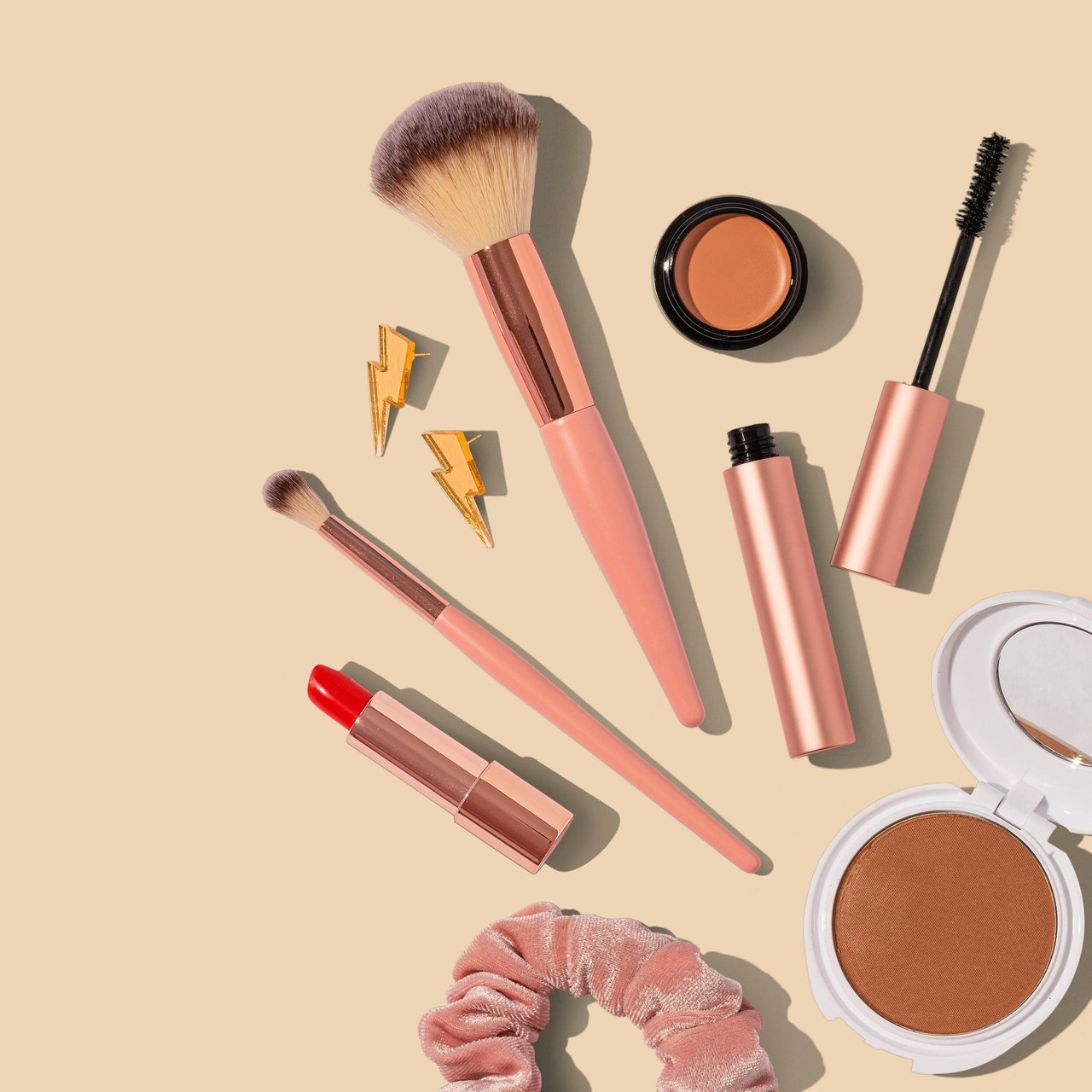Menu

Understanding Hidden Risks in Common Beauty Products
When it comes to being successful in the world of beauty, staying on top of the latest product ingredients is just as important as being able to master the latest trends. And when it comes to looking at what goes into products, beauty professionals should be aware of MIT or Methylisothiazolinone. Here’s why.
An ingredient that’s raised significant concern in recent years is methylisothiazolinone (MIT)—a powerful preservative used in many cosmetic and personal care products. While preservatives are essential for product safety and shelf life, MIT has developed a reputation as a potential skin irritant, especially for beauty professionals and their clients.
Why You Should Be Concerned About Methylisothiazolinone (MIT)
1. Strong Allergenic Potential
MIT is widely recognized for its ability to cause contact dermatitis, a form of skin irritation or allergic reaction. Repeated exposure, particularly through direct hand contact with shampoos, conditioners, hair dyes, or skincare products, can increase sensitivity over time.
In fact, MIT was named “Contact Allergen of the Year” by the American Contact Dermatitis Society in 2013, highlighting its potential to cause serious skin reactions. Beauty professionals—who handle these products daily—are especially at risk for developing chronic occupational dermatitis, a condition that can be painful, persistent, and disruptive to a career in the industry.
2. Global Regulations Are Getting Stricter
Due to the rise in reported skin allergies, countries around the world have tightened their regulations around MIT. The European Union and the United Kingdom have banned MIT in leave-on products, such as lotions, creams, and makeup, and set strict limits for its use in rinse-off items like shampoos and body washes. In contrast, the U.S. has not officially banned MIT, though many dermatologists caution against its use—especially for those with sensitive skin. This regulatory disparity makes it even more crucial for professionals to check labels and stay informed.
3. Occupational Exposure
Hairdressers, estheticians, makeup artists, and skincare professionals are constantly working with products that may contain MIT. Over time, repeated skin contact can cause eczema-like symptoms—redness, itching, blistering, and even skin thickening on the hands and arms.
What’s tricky is that reactions can develop slowly. You might not even notice anything at first, but prolonged exposure increases the chance of a delayed allergic response, which can make finding the source of the irritation even more difficult.
4. Client Safety
The risk isn’t only on you as a professional—your clients can have negative reactions to products containing MIT. Whether you’re performing a facial, washing someone’s hair, or a makeup application — you could unknowingly expose a client to an ingredient that triggers itching, burning, or allergic flare-ups. This is why checking labels and offering MIT-free or hypoallergenic alternatives is essential. It protects all clients and shows that you’re committed to high standards and client well-being.
5. Safer Alternatives
You don’t have to sacrifice product quality to avoid MIT. Many brands now use gentler preservatives like potassium sorbate—which are less likely to cause allergic reactions.
Whether you’re stocking your salon, spa, or personal kit, reading ingredient labels is a small habit that makes a big difference. Look for dermatologist-tested or sensitive skin-friendly options, and don’t hesitate to ask manufacturers for more information.
What Products Should You Check for MIT?
Methylisothiazolinone is most often found in:
- Shampoos and Conditioners
- Body Washes and Shower Gels
- Facial Cleansers and Toners
- Moisturizers and Lotions (especially older or imported formulas)
- Hair Dyes and Styling Gels
- Makeup Removers and Micellar Waters
- Liquid Makeup (foundations, primers)
- Sunscreens and After-sun Products
- Baby Wipes and Cleansing Wipes
Even “natural” or “gentle” products may contain MIT, so be sure to scan ingredient labels for:
- Methylisothiazolinone
- Methylchloroisothiazolinone (often combined with MIT)
Methylisothiazolinone may be a common preservative, but its potential to harm outweighs its benefits for many professionals and clients. And while MIT is still present in many cosmetic formulations, the industry is shifting toward safer, more transparent alternatives.
Disclaimer:
This article is for informational purposes only and does not substitute professional medical advice, diagnosis, or treatment. If you or your clients experience skin irritation, allergies, or other concerns related to cosmetic products, please consult a qualified dermatologist or healthcare provider.
Sources:
- American Contact Dermatitis Society – Contact Allergen of the Year Archive
- European Commission Scientific Committee on Consumer Safety (SCCS) Opinions on MIT
- U.S. Food and Drug Administration (FDA) Cosmetic Ingredient Database
- National Eczema Association – Ingredient Watchlist
- British Association of Dermatologists – Guidelines for Preservative Allergens
- DermNet NZ – Methylisothiazolinone Allergy Overview